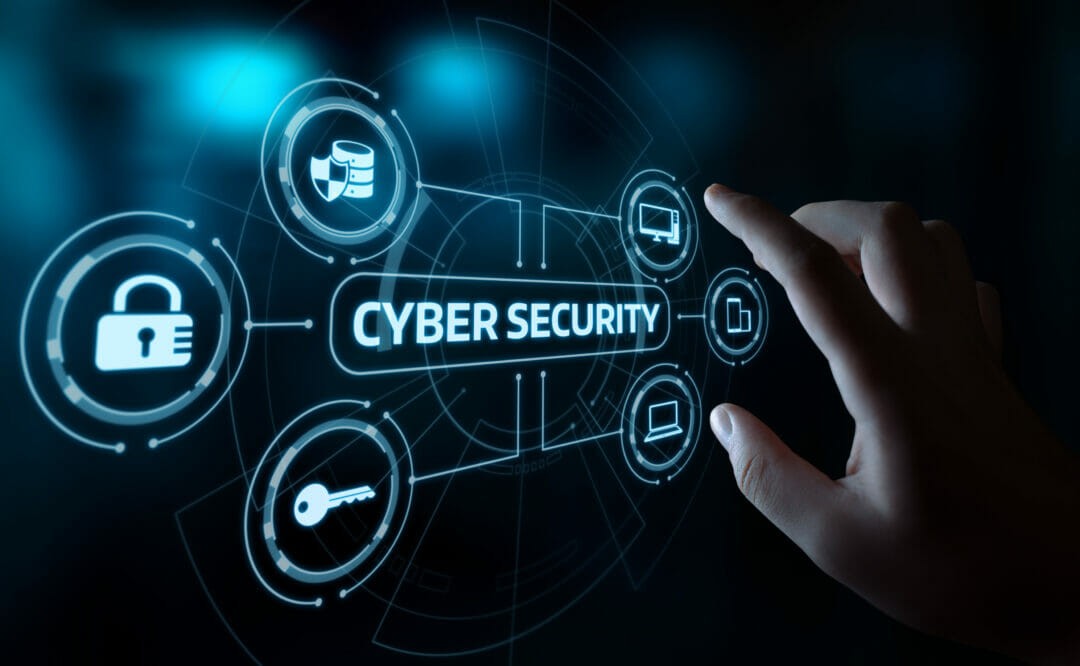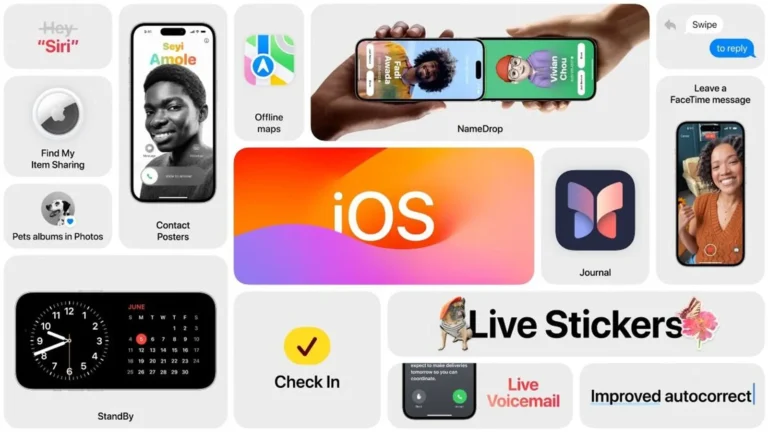Cybersecurity Threats and Solutions: Safeguarding Your Data in 2024
Introduction to Cybersecurity
Cybersecurity is the practice of protecting data, information, and networks from damage and unauthorized access. It involves various tools and shields that secure sensitive data, including financial information, personal details, and corporate data. With regular updates, patches, and tools like antivirus and firewalls, cybersecurity ensures mobile devices, computers, and laptops are protected from malicious attacks. Additionally, regulations like GDPR, HIPAA, and ISO/IEC 27001 ensure legal compliance in security practices.

Common Cybersecurity Threats
1. Cryptojacking
Cryptojacking refers to the unauthorized use of someone’s computer resources to mine cryptocurrency. Hackers exploit vulnerabilities to gain access to computing power without the victim’s knowledge.
2. IoT Vulnerabilities
Weak points in Internet of Things (IoT) devices, such as industrial machinery and mobile gadgets, can be exploited due to inadequate security measures, leading to serious breaches.
3. Scamming
Cybercriminals use fake websites or emails to steal sensitive information like usernames, passwords, and credit card details. They often pose as trustworthy entities to deceive users.
Cybercrime Techniques
1. Phishing
Phishing attacks target organizations or individuals by sending customized messages designed to trick users into sharing sensitive information.
2. Pretexting
Pretexting involves creating fake but convincing scenarios to manipulate users into giving away information, such as login credentials.
3. Malware
Malware includes viruses, worms, ransomware, and Trojan horses that harm and manipulate systems. These can spread through file sharing, emails, and infected websites.
Common Types of Malware Attacks
- Adware
- Rootkits
- Spyware
- Trojans
- Fileless Malware
- Worms
- Bots/Botnets
Denial-of-Service (DoS) Attacks
DoS attacks overload a network or system with traffic, rendering it unavailable to users. They can take down websites and systems, exposing vulnerabilities.
Man-in-the-Middle (MitM) Attacks
MitM attacks occur when an attacker intercepts communication between two parties without their knowledge. This often happens in unsecured networks where data is unencrypted.
Zero-Day Exploits
A zero-day exploit happens when an attacker takes advantage of a software vulnerability before the developer can fix it. These attacks are particularly dangerous because no patch is available yet.
SQL Injection
In SQL injection attacks, malicious queries are inserted into applications to manipulate databases and gain unauthorized access to data.
Insider Threats
Insider threats occur when a trusted individual within an organization misuses information, either intentionally or unintentionally. These threats are difficult to detect and can lead to the leaking or theft of sensitive data.
Identity Theft
Hackers steal personal credentials, such as usernames and passwords, to gain access to various services and accounts.
Solutions to Cybersecurity Threats
1. Malware Security
Install and update antivirus and anti-malware software to detect and remove malicious programs. Regularly update systems, software, and applications to patch vulnerabilities.
2. Scamming Defense
Use advanced email filters to recognize and block scamming attempts. Educate users about identifying scams and implement Multi-Factor Authentication (MFA) for an extra layer of security.
3. Understand the Risks
Regularly assess vulnerabilities and understand how potential attackers can exploit your systems. Awareness of these risks is the first step toward safeguarding your data.
4. Control Access
Use strong passwords and multifactor authentication for additional security. Limit access to sensitive data to only those who need it, and regularly review access permissions.
5. Network Protection
Segment your network to contain breaches and prevent them from spreading. Use firewalls to block unwanted traffic and employ Intrusion Detection/Prevention Systems (IDS/IPS) to monitor for suspicious activity.
6. Incident Response
Prepare for cyberattacks by establishing an incident response team. Practice identifying and responding to breaches swiftly to minimize damage.
7. Legal and Compliance
Adhere to regulations like HIPAA, GDPR, and CCPA. Regular security audits help identify vulnerabilities and ensure compliance with legal requirements.
8. Cloud Security
Ensure cloud environments are configured according to security best practices. Use a Cloud Access Security Broker (CASB) to maintain control over cloud services, and implement strong access controls and encryption.
9. Physical Security
Secure physical sources where sensitive data is stored with physical locks, biometrics, and other access control measures to prevent unauthorized access.
10. Backup and Recovery
Regularly test your backup and recovery procedures to ensure they work effectively during an attack. Back up critical data daily and verify that the recovery process functions properly.
Conclusion
Cybersecurity is an ever-evolving challenge in the digital age, with threats like phishing, Denial-of-Service (DoS) attacks, cryptojacking, and man-in-the-middle (MitM) attacks becoming more prevalent. By using strong passwords, regularly updating software, backing up sensitive data, and implementing robust security measures, organizations and individuals can protect their data from these cyberattacks.






